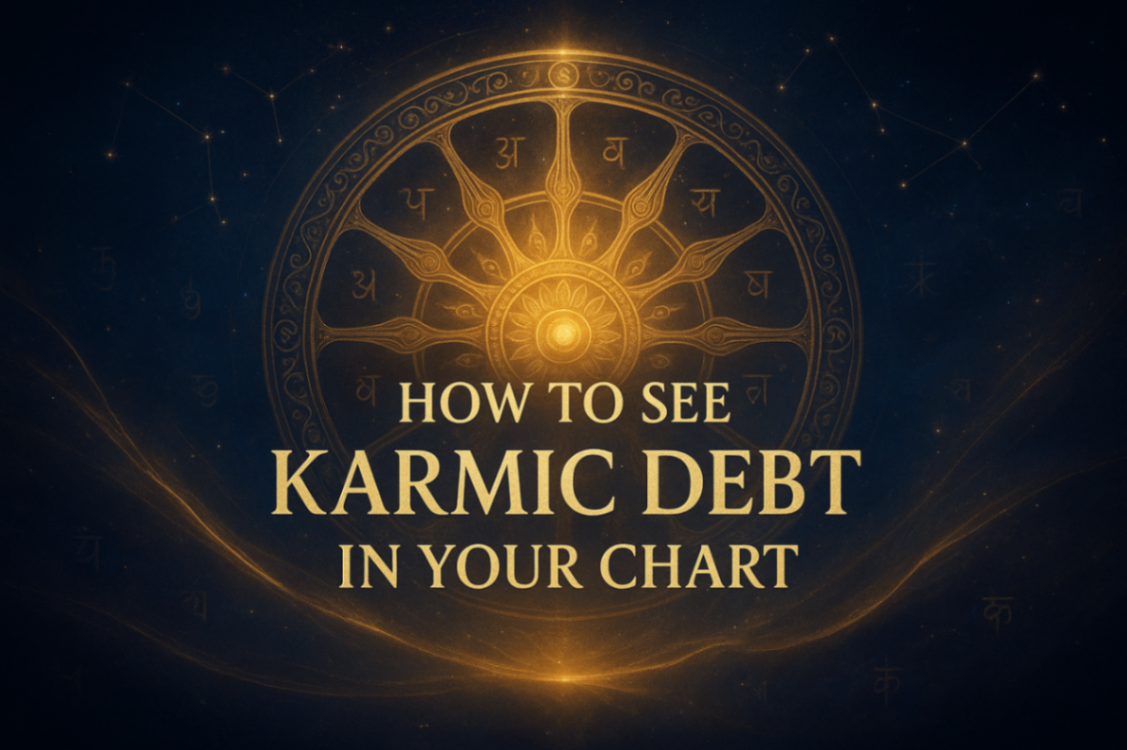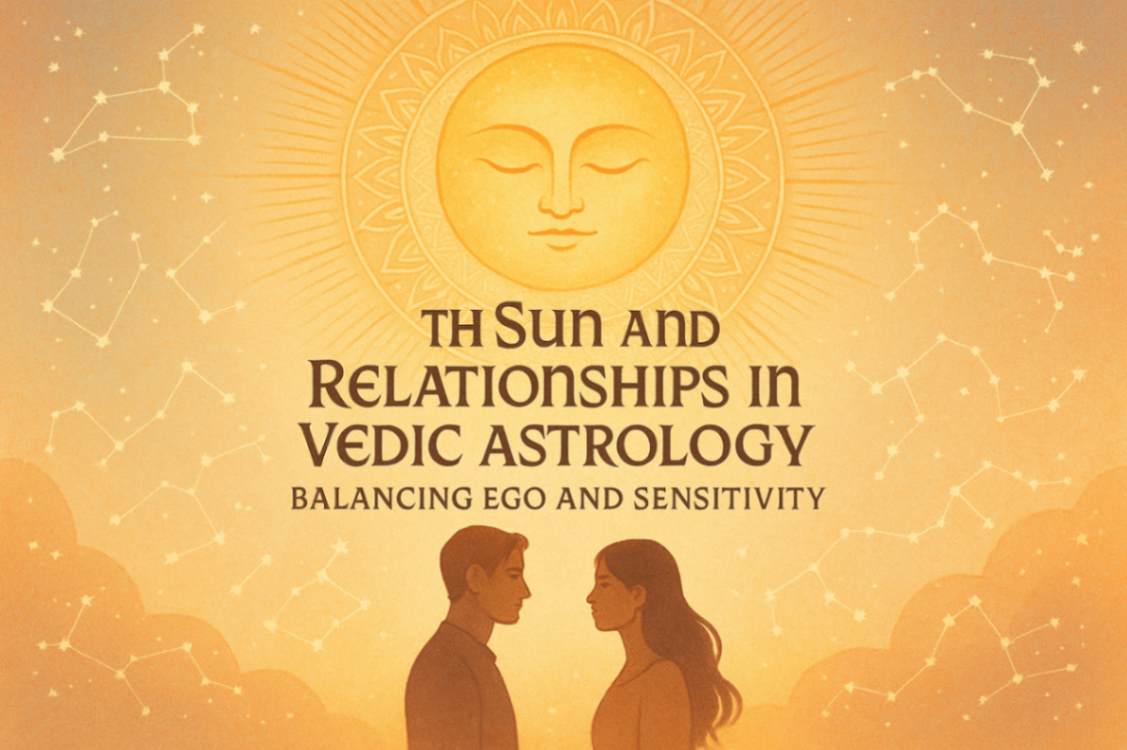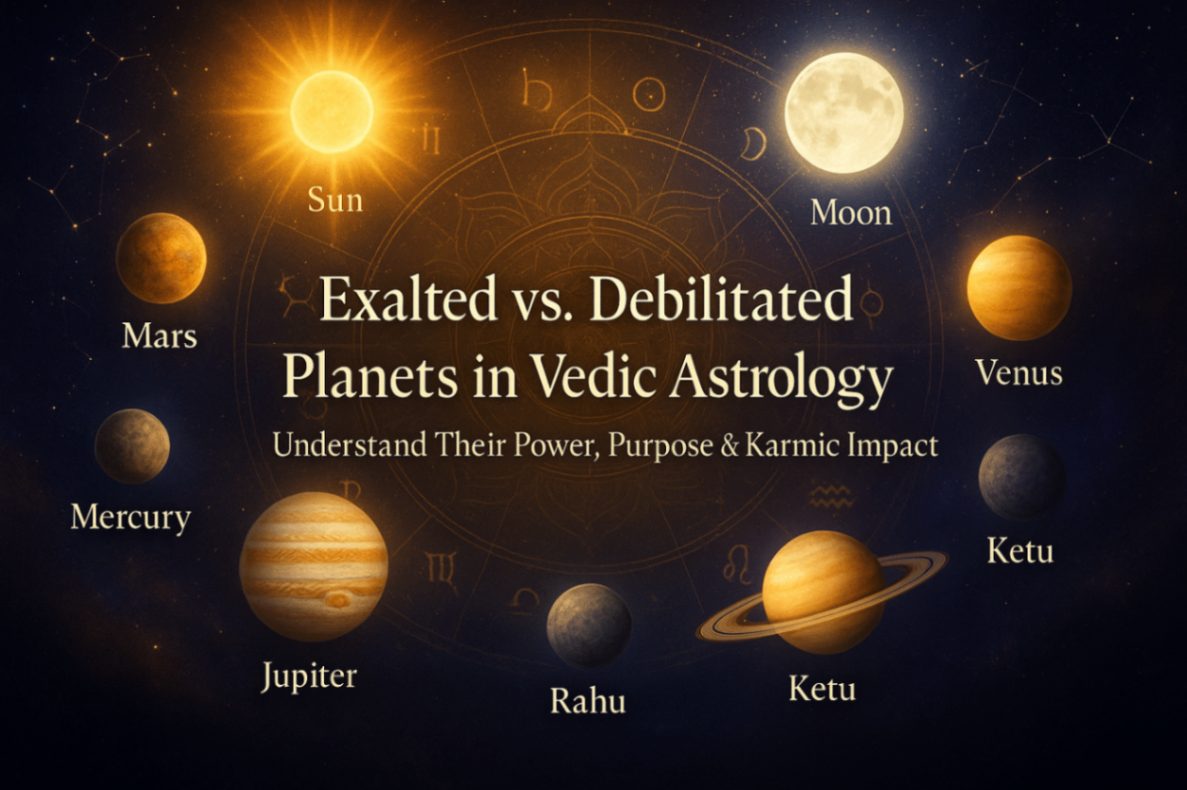Understanding Transit and Dasha in Vedic Astrology
In the realm of Vedic astrology, two terms often surface: transit and dasha. These concepts are vital for interpreting astrological charts and predicting life events. This comprehensive guide delves deep into the significance of both transit and dasha, offering insights into their roles, calculations, and impacts.
What is Dasha?
Dasha, often referred to as maha dasha, signifies major planetary periods in ones life. The term maha means great, and dasha means the state of life. These periods are ruled by specific planets or houses in ones birth chart, depending on the system used. The dasha system is primarily determined by the nakshatra (constellation) where the moon is placed at the time of birth.
The most commonly used nakshatra-based dasha system is Vimshottari Dasha. Another example is Ashtottari Dasha. There are also rashi-based dasha systems, such as Chara Dasha and Narayana Dasha. While Vimshottari Dasha is widely used, other dashas may be applicable depending on the individuals chart and circumstances. Conditional dashas can sometimes hold more significance in determining the sequence of events in ones life.
The Role of Dasha in Astrology
Dasha periods act as the backdrop, the main foundation from which astrologers judge a chart. When a dasha activates a particular planet in the chart, it brings that planets energy to the forefront. For instance, during a Saturn dasha, the energy and characteristics of Saturn become prominent in the individuals life. Similarly, during a Rahu dasha, the individual embodies Rahus energy.
This activation affects not only the planet but also the house or rashi (zodiac sign) it occupies. The planet represents the force or energy, while the house or rashi is the field where this energy plays out. As a result, the energy shift that occurs in an individuals psyche can be observed through the dasha sequence. This shift doesnt happen overnight; it gradually changes the individuals aura and behavior.
Transition Between Dashas
The transition between dashas, especially from one malefic planet to another, can be challenging. For example, moving from a Mars dasha to a Rahu dasha is considered one of the most difficult transitions. Both Mars and Rahu are malefic planets, and this shift can bring chaos and turbulence into ones life. The transition period can take 12 to 15 months, during which the individual gradually adapts from Martian energy to Rahus energy.
Understanding Transit
Transit refers to the movement of planets through the zodiac signs and their impact on an individuals chart. While dasha represents the underlying theme, transits provide the timing for specific events. The main reference point for examining transits is the moon, as it corresponds to the mind and emotions.
To get a comprehensive picture of a transits impact, astrologers examine the moons position in both the Rashi (D1) chart and the Navamsa (D9) chart. The Lagna (ascendant) can also be considered for more material results visible to the world. However, the moon is deemed most crucial as it determines ones perception, thoughts, and feelings. Perception is key in life, even if reality differs.
Role of Ashtakvarga in Transit
Ashtakvarga is another tool used to assess the strength of a transit. Each planet and house are assigned bindu points, providing insight into the planets strength during transit. However, simply looking at these points isnt enough to predict outcomes. The entire chart must be assessed, considering the applicable dashas, transits, divisional charts, and yearly charts (Varshphal) to determine what is promised.
Importance of Dasha Over Transit
While transits are significant, the dasha sequence holds primary importance. During a specific dasha, the individual becomes the planet associated with that period. For example, during a Saturn dasha, the person embodies Saturns energy. Therefore, transits involving Saturn will have a more pronounced impact on the individual.
Astrologers often use the dasha sequence first and foremost. Transits are then examined from the moons position in both the Rashi and Navamsa charts. This approach provides a holistic view of the individuals life events and psychological shifts.
Consulting an Astrologer
When seeking astrological guidance, its essential to find a knowledgeable and ethical astrologer. An astrologers daily spiritual practice and ethical approach are just as important as their technical knowledge. Avoid astrologers who base readings on fear and superstition, as this can lead to dependency and anxiety.
Ultimately, the connection between the client and the astrologer is karmic. The individual will meet the astrologer who can provide the answers they seek at the right time and place. Its crucial to rely on ones intuition when selecting an astrologer and to discern which insights to take to heart.
Conclusion
In conclusion, understanding the interplay between dasha and transit is vital for interpreting astrological charts. Dasha periods provide the overarching theme, while transits offer timing and specific events. Both elements are essential for a comprehensive understanding of ones life journey. By consulting ethical and knowledgeable astrologers, individuals can gain valuable insights and guidance for navigating their lives.
```







































